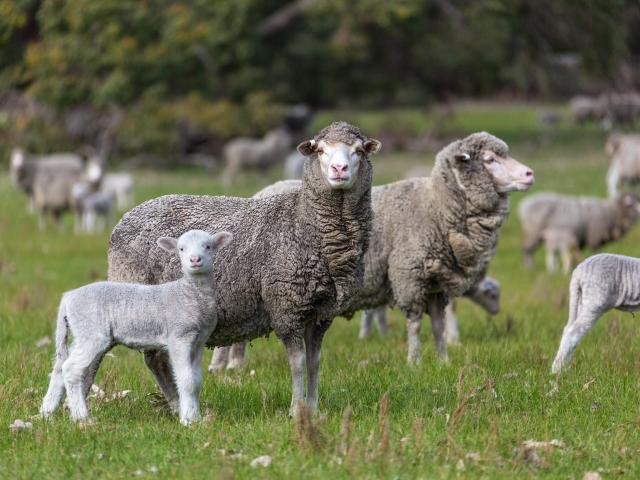Weaning to get the best out of your lambs
Sheep producers are reminded of the benefits of weaning lambs at 14 weeks after the start of lambing to optimise growth rates and pasture use.
Weaning at no later than 14 weeks ensures there are no impediments to achieving the highest growth rate before pastures start to flower. The ultimate goal is to capture as much live weight before pasture senescence to improve the weaned lamb’s survival over summer.
Weaning allows lambs to be given selenium and cobalt before the spring flush and preferentially graze clover-dominated pastures to ensure maximum growth rates.
Weaning by 14 weeks also helps to minimise the risk of worms in lambs, which could lead to reduced growth rates, scouring and fly strike.
Lambs have no immunity to worms, and weaning removes lambs from paddocks that may have been contaminated with worms by their mothers.
Ideally, lambs would be weaned onto a paddock with a lower worm burden to extend the benefit of being given an effective drench.
Recent research has demonstrated lamb growth rates above 240 grams per head per day in the first 14 weeks after the start of lambing results in lambs being more resilient to winter worms.
It is recommended lambs be weaned onto paddocks with access to good quality water (maximum of 900 millisiemens per metre) and feed on offer (FOO) levels of more than 1500 kilograms per hectare to maximise their intake of energy.
The calculated grazing pressure should ensure the lambs do not eat into this FOO bank.
This all adds up to a higher liveweight by pasture senescence.
Where 1500 kg/ha of FOO is not available, supplementary feeding should be undertaken.
If weaned lambs are to receive supplementary feeding, they should be trained to eat lupin or cereal grain or pellets, while still with their mothers.
This period of ‘imprinting’ is important to ensure weaners are conditioned to the feed and won’t have negative growth rates in the two weeks after weaning.
On weaning day, it is important that lambs receive a second vaccination for clostridial diseases and cheesy gland. Check the sheep weaning best practice guide.
Delaying weaning longer than 14 weeks after the start of lambing will ensure any reduced growth rates from winter worm burdens is unlikely to be regained as they are unable to compensate in the future due to reduced pasture quality once flowering starts.
For more information contact Danny Roberts, Veterinary Officer, Albany, +61 (0)8 9892 8535.

